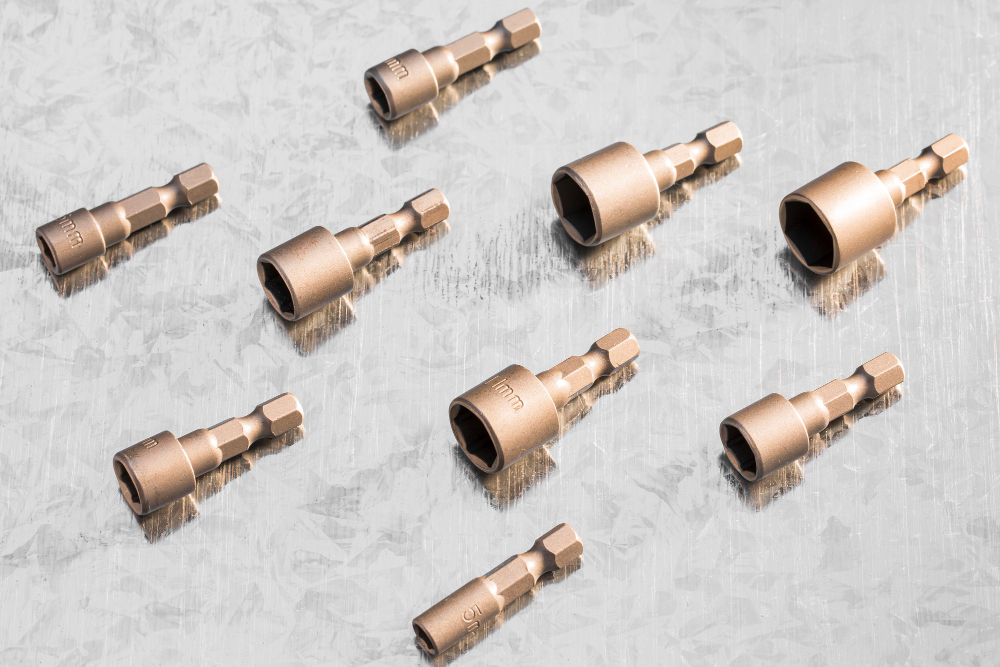When we think of power plants, giant turbines, heavy boilers, and endless pipelines come to mind. But there’s an unsung hero quietly keeping these complex systems safe: the metal expansion joint. For India’s rapidly growing energy sector, choosing the right metal expansion joint manufacturer is as important as picking the right turbine or boiler. Why? Because one faulty joint could mean downtime, losses, or worse—safety hazards.
Why Expansion Joints Matter in Power Plants?
Power plants are heat-intensive environments. Pipelines carrying steam or gas can reach extreme temperatures, causing metal to expand and contract. Without a flexible mechanism, this thermal movement puts enormous stress on pipes, welds, and even the plant’s foundation. That’s where expansion joints step in—absorbing the stress, compensating for vibrations, and ensuring smooth operations.
In a country like India, where power plants run nearly round the clock to meet demand, reliable expansion joints are not just accessories—they are lifelines. A well-designed joint reduces the risk of cracks, leakages, and shutdowns, translating into both safety and efficiency.
Types of Expansion Joints Used in Power Plants
Different parts of a power plant face unique challenges, which is why one-size-fits-all never works. Here are the most common types:
- Axial Expansion Joints – Absorb movement along the axis of the pipe, ideal for high-pressure lines.
- Lateral Expansion Joints – Compensate for sideways pipe movements caused by structural shifts.
- Universal Expansion Joints – A mix of flexibility and strength, often used in longer pipeline systems.
- Gimbal and Hinged Expansion Joints – Handle angular rotation while balancing thermal stress.
For high-pressure boilers and steam pipelines, double hinged expansion joints are especially critical. They provide angular flexibility while maintaining structural integrity, making them a trusted choice for Indian thermal and gas-based power plants.
Safety Benefits You Can’t Overlook
According to the U.S. Department of Energy (energy.gov), efficient plant maintenance can boost power plant reliability by over 20%. Expansion joints directly contribute to this by:
- Preventing pipeline bursts – They absorb sudden surges in temperature or pressure.
- Minimizing vibrations – Joints reduce stress caused by rotating equipment like turbines and compressors.
- Protecting structural integrity – They prevent damage to adjoining equipment and foundations.
- Reducing downtime – Fewer breakdowns mean consistent power supply, which is vital in India’s energy-hungry economy.
Efficiency Gains Beyond Safety
Apart from safety, expansion joints also contribute to operational efficiency. By lowering stress on pipelines, they extend the lifespan of equipment, reduce maintenance costs, and help maintain consistent energy output. For plant operators, this translates into smoother operations and better return on investment.
If you’re wondering How to Choose the Right Flexible Joint for Your Application, the answer lies in understanding the operating conditions of your plant. Factors such as pressure levels, temperature fluctuations, and installation space all influence the type of joint you should invest in.
Challenges in Indian Power Plants
Unlike plants in cooler climates, Indian power stations face the added challenge of higher ambient temperatures and frequent load fluctuations. Expansion joints in India must withstand not just technical stresses but also environmental factors like dust and humidity. This makes choosing durable, high-grade materials even more crucial.
Checklist Before Selecting Expansion Joints
- Verify pressure and temperature compatibility.
- Look for corrosion-resistant materials (like stainless steel alloys).
- Check for vibration control design features.
- Ensure compliance with international quality standards.
- Work with trusted Indian suppliers who provide installation support.
FAQs on Metal Expansion Joints in Power Plants
1. Why are metal expansion joints preferred over rubber joints in power plants?
Because of their ability to handle extreme temperatures and pressures, metal expansion joints are more reliable in high-performance environments like thermal and nuclear plants.
2. How often should expansion joints be inspected?
Ideally, joints should be inspected during every major maintenance cycle—typically every 12–18 months—to check for wear, corrosion, or fatigue.
3. Can expansion joints reduce noise in pipelines?
Yes, by absorbing vibrations, they minimize noise from steam or fluid movement, contributing to safer and quieter plant operations.
4. What happens if an expansion joint fails?
Failure can lead to leaks, shutdowns, and in extreme cases, safety hazards. That’s why regular inspection and timely replacement are crucial.
Final Thoughts
In the high-stakes world of power generation, small components often play the biggest roles. Metal expansion joints may not be flashy, but they’re indispensable to keeping India’s power plants both safe and efficient. Investing in the right joints today means uninterrupted energy and fewer operational risks tomorrow.



